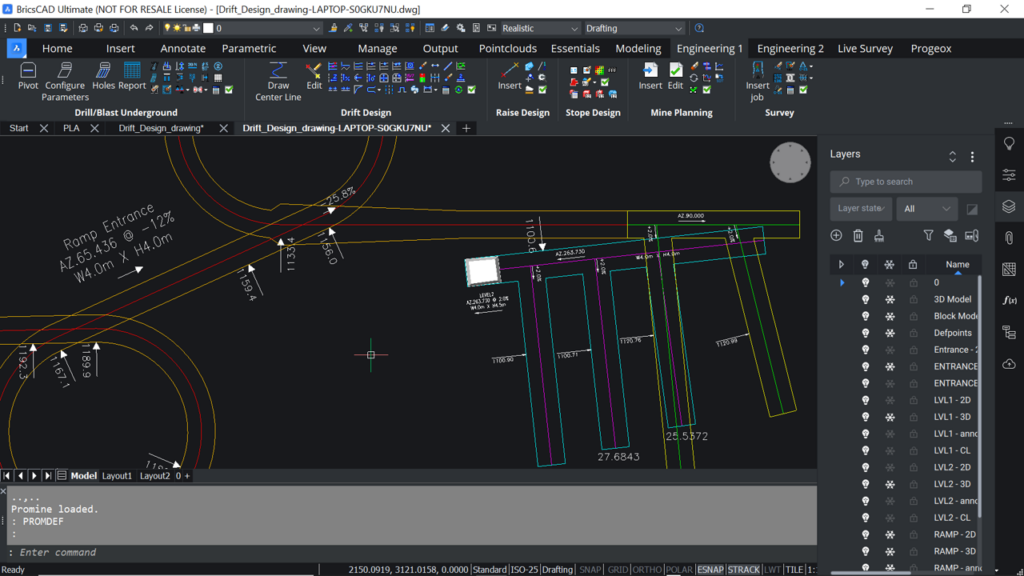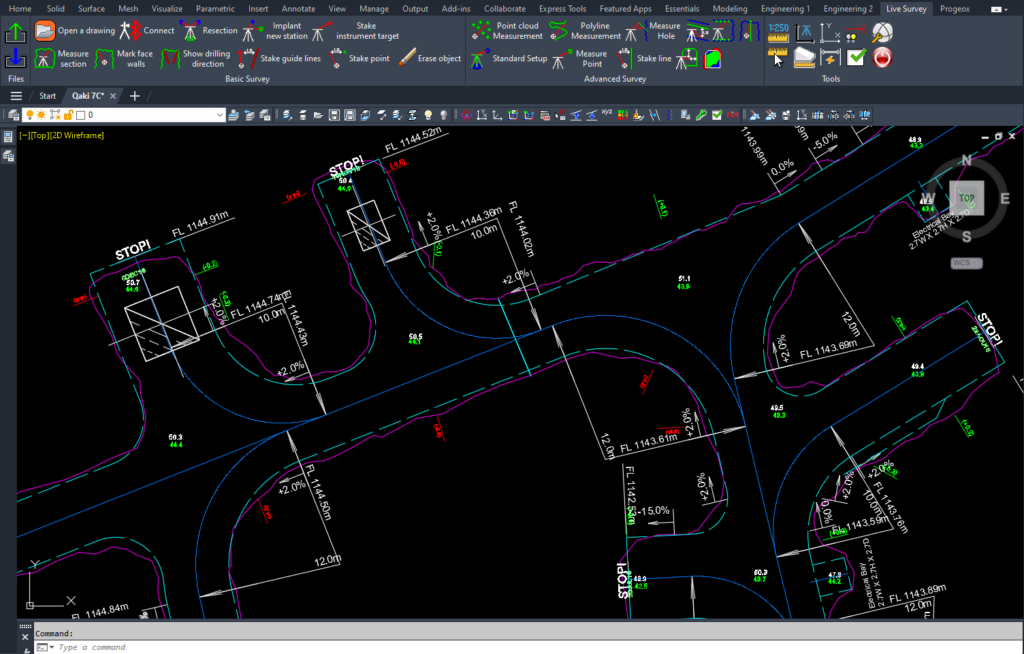In a globally competitive market such as the mining sector, dilution estimation plays one of the most important roles, directly affecting the economy of the different projects. However, to understand why this estimation is so important, let’s first define the term technically.
Dilution is defined as the ore contamination throughout the mining process by the waste or material that is below the cutoff grade, hindering sometimes the recovery process, and thus increasing the waste volume. Dilution can be either planned or unplanned. Planned dilution refers to the waste or sterile that lies within the designed stope boundaries, while unplanned dilution alludes to the waste derived from the backfill outside the stope boundaries. (Clark, 1998)
According to Ebrahimi (2013) “it is common to assume a general dilution such as 5% for massive deposits and 10% for tabular shape deposits”, nevertheless, it is important to consider the features of each deposit that can affect the ore extraction altering the dilution percentage, consequently, affecting the extraction costs. Some of these features are:
- Mining method.
- Orebody shape.
- Drill and blasting techniques.
- Instability of the stope wall.
- Equipment size.
However, the dilution does not only generate an economic impact, but it has also been demonstrated that has a direct impact on the increase of the ecological footprint in mining operations. This is due to the dilution underestimation, because if calculations are not accurate more material can be considered as waste, which subsequently, must be stored in a tailings pond on the surface and without an adequate treatment, acid mine drainage can be caused.
Therefore, an action plan for dilution control must identify in first instance the dilution source, to be able to predict and control it with the appropriate tools, thus significantly reduce the mining losses and increase the profitability of mining operations.
References
Clark, L. M. (1998). Minimizing dilution in open stope mining with a focus on stope design and narrow
vein longhole blasting (Master’s thesis, University of British Columbia, 1998) (pp. 4-5). Vancouver:
University of British Columbia. doi:10.14288/1.0081111
Ebrahimi, A., & Eng, P. (2013, August). The importance of dilution factor for open pit mining projects.
In Proceedings of the 23rd World Mining Congress.





